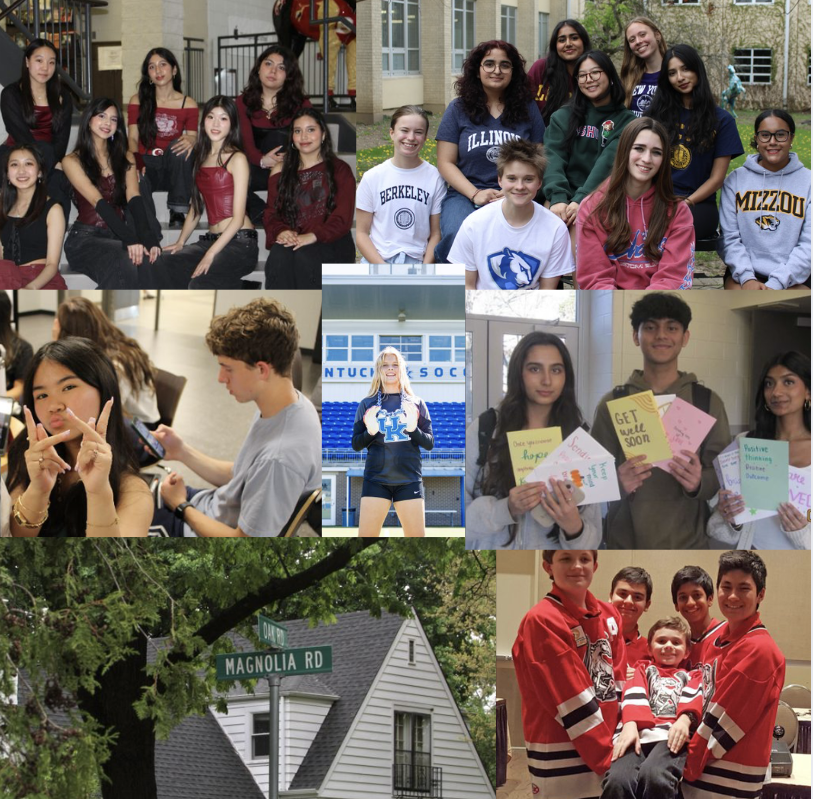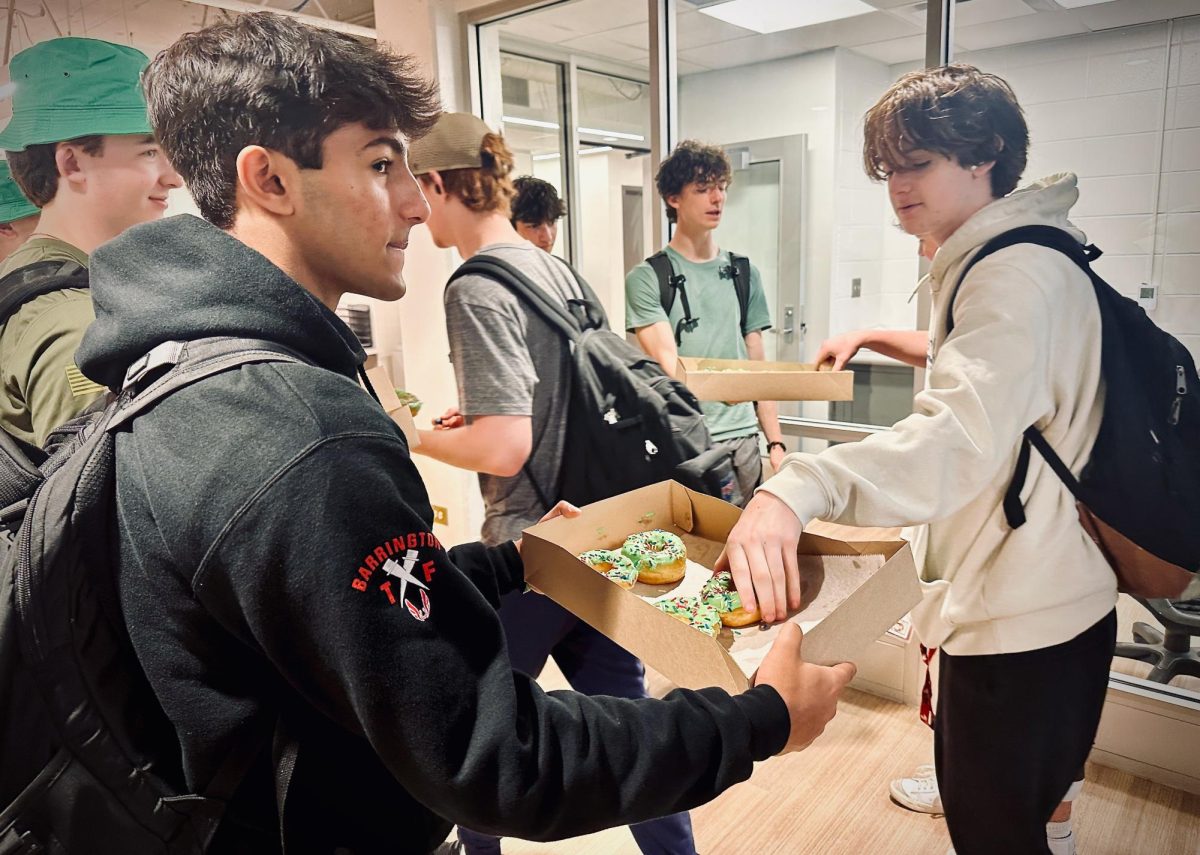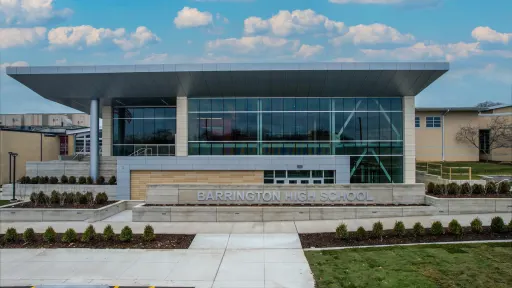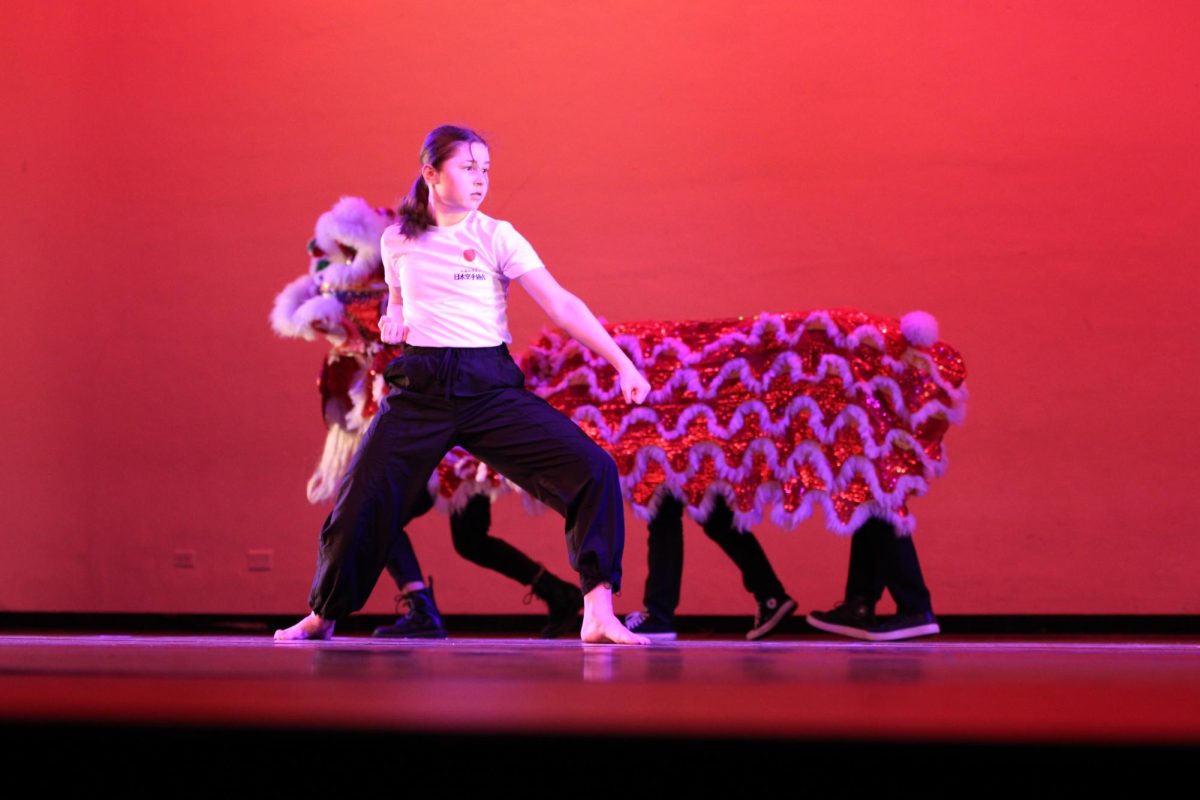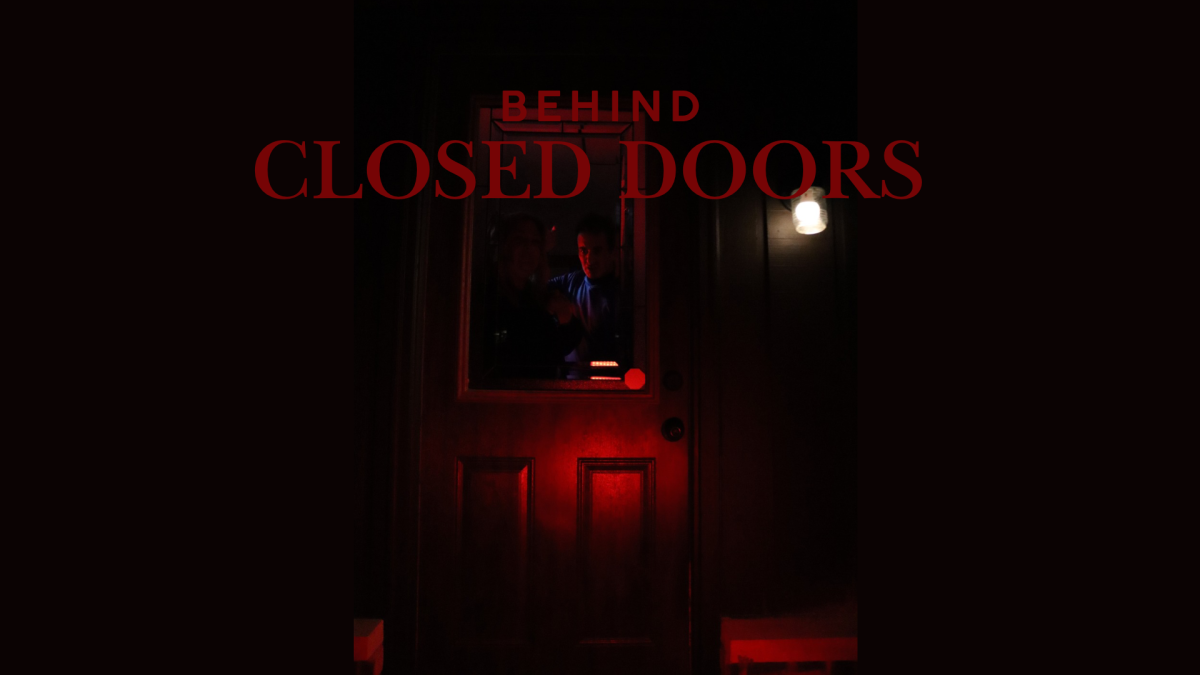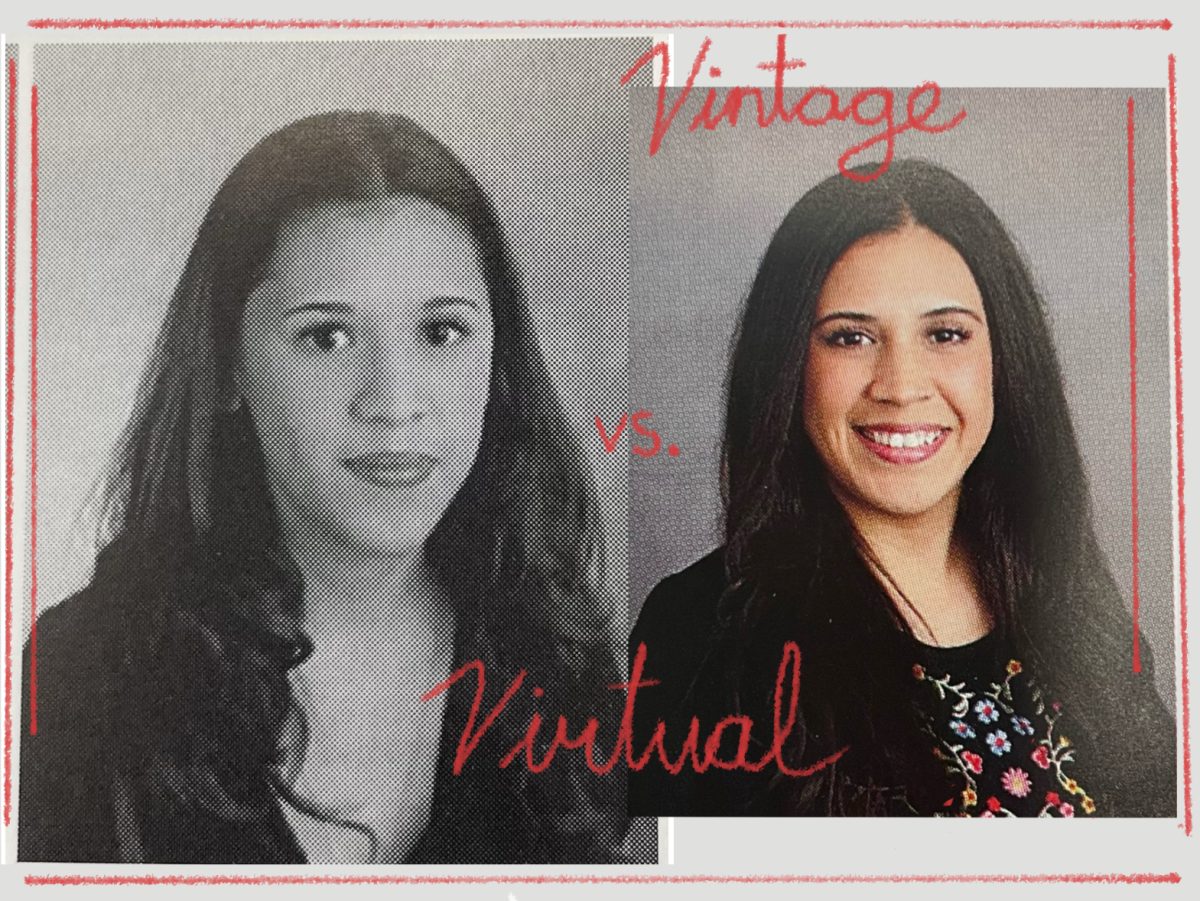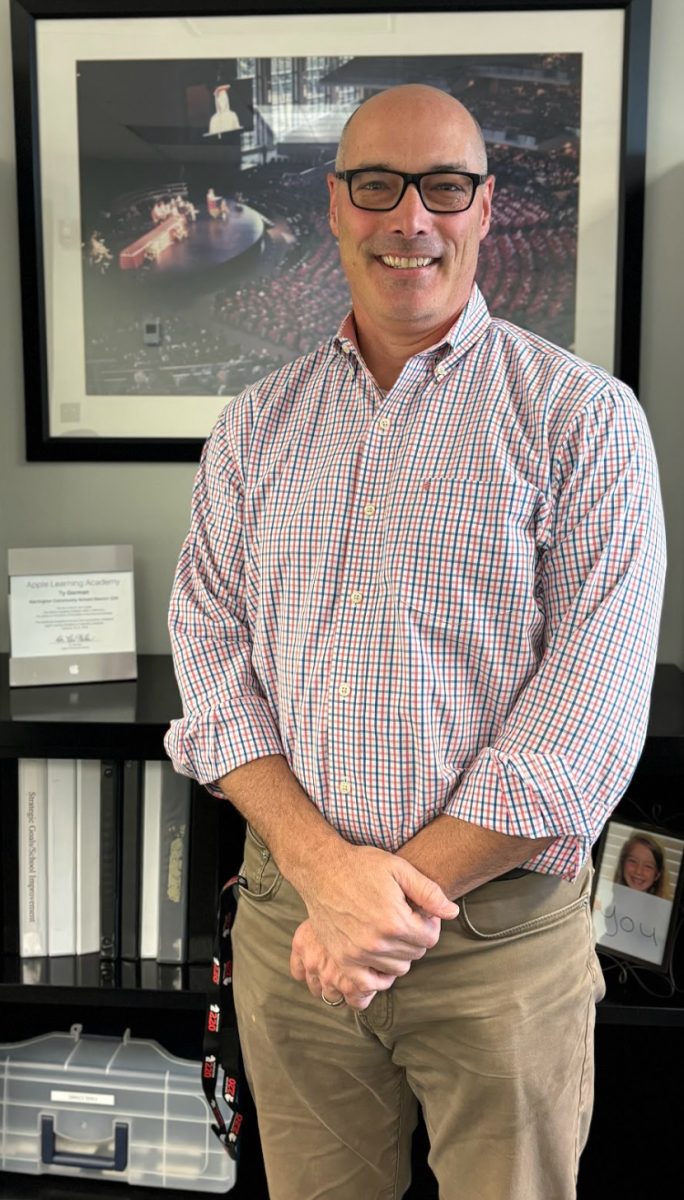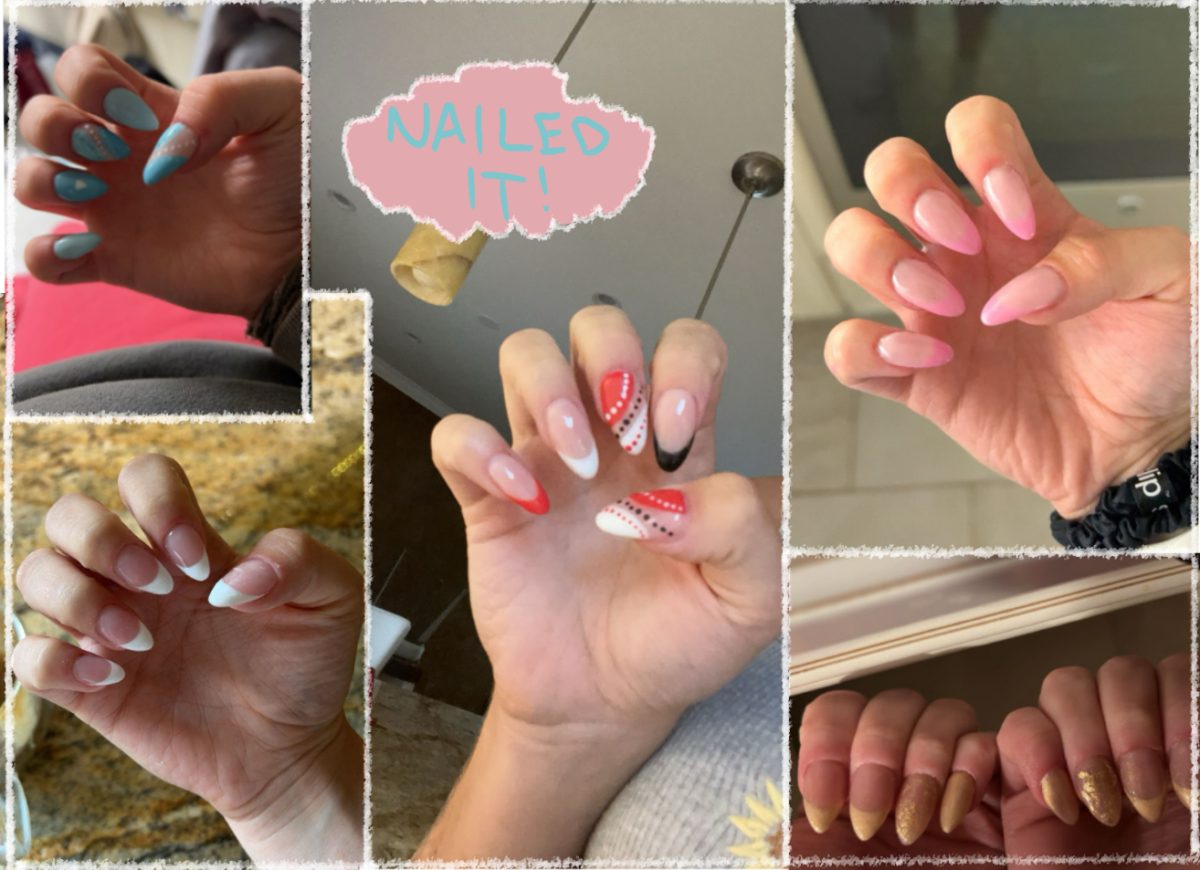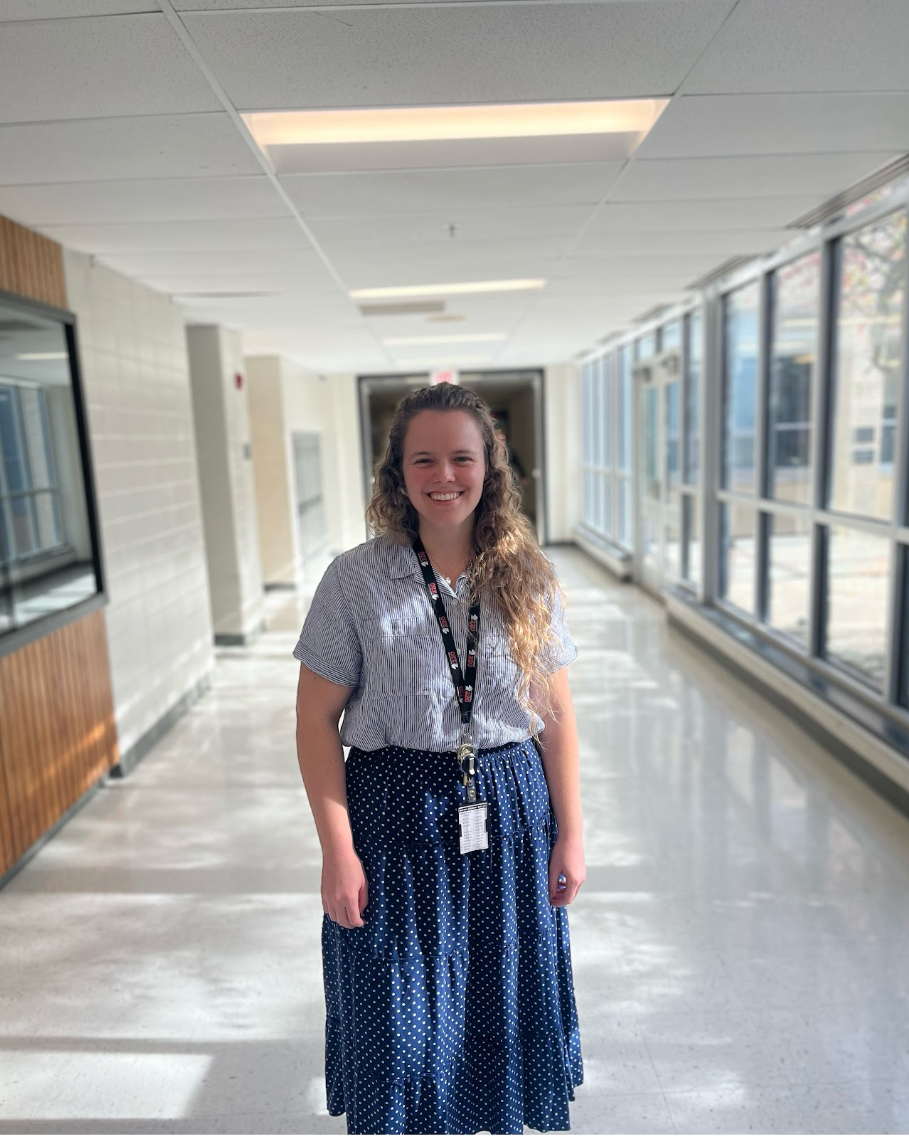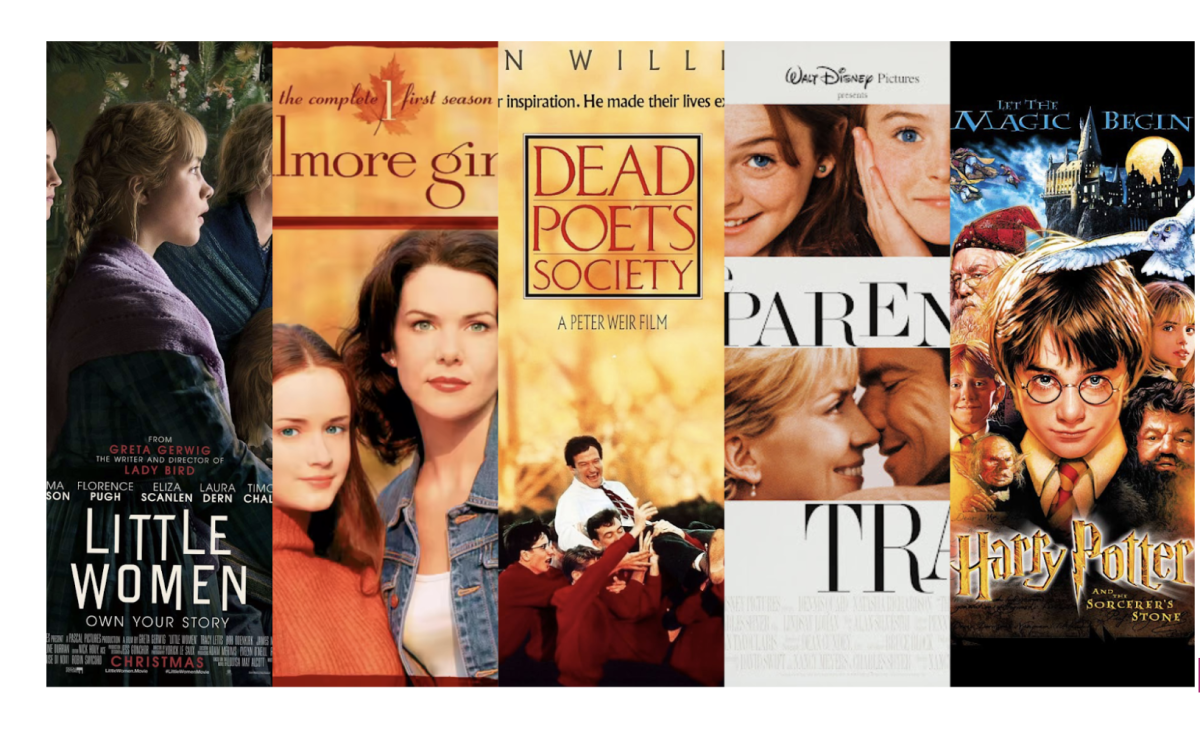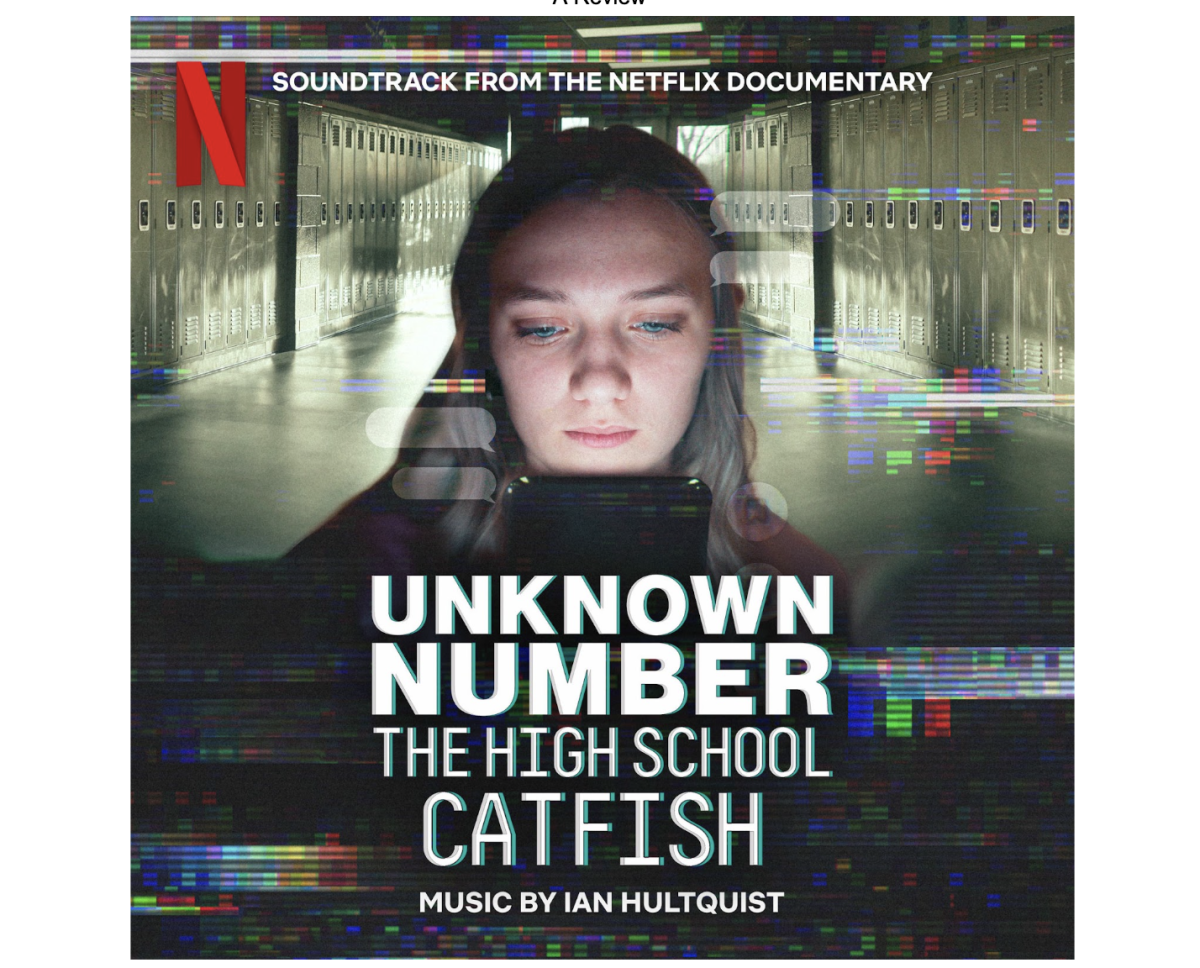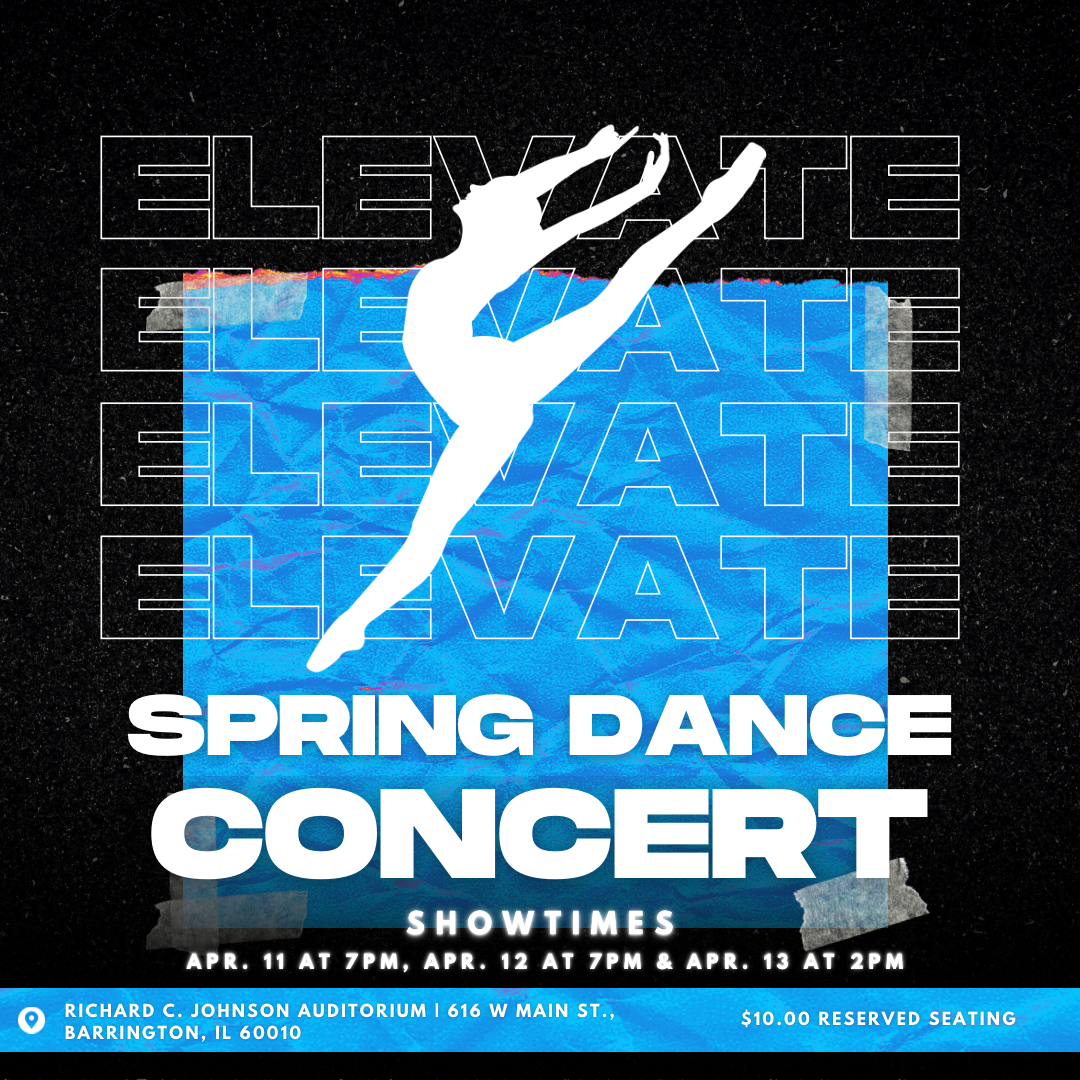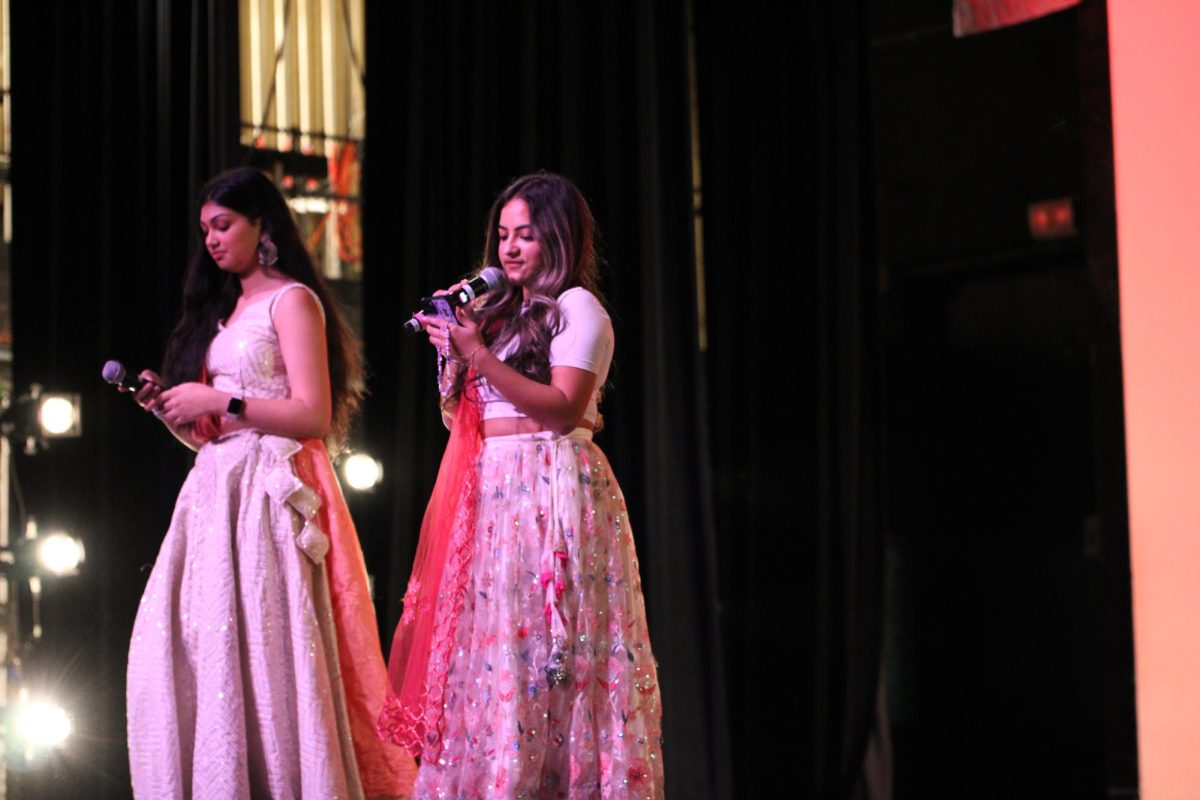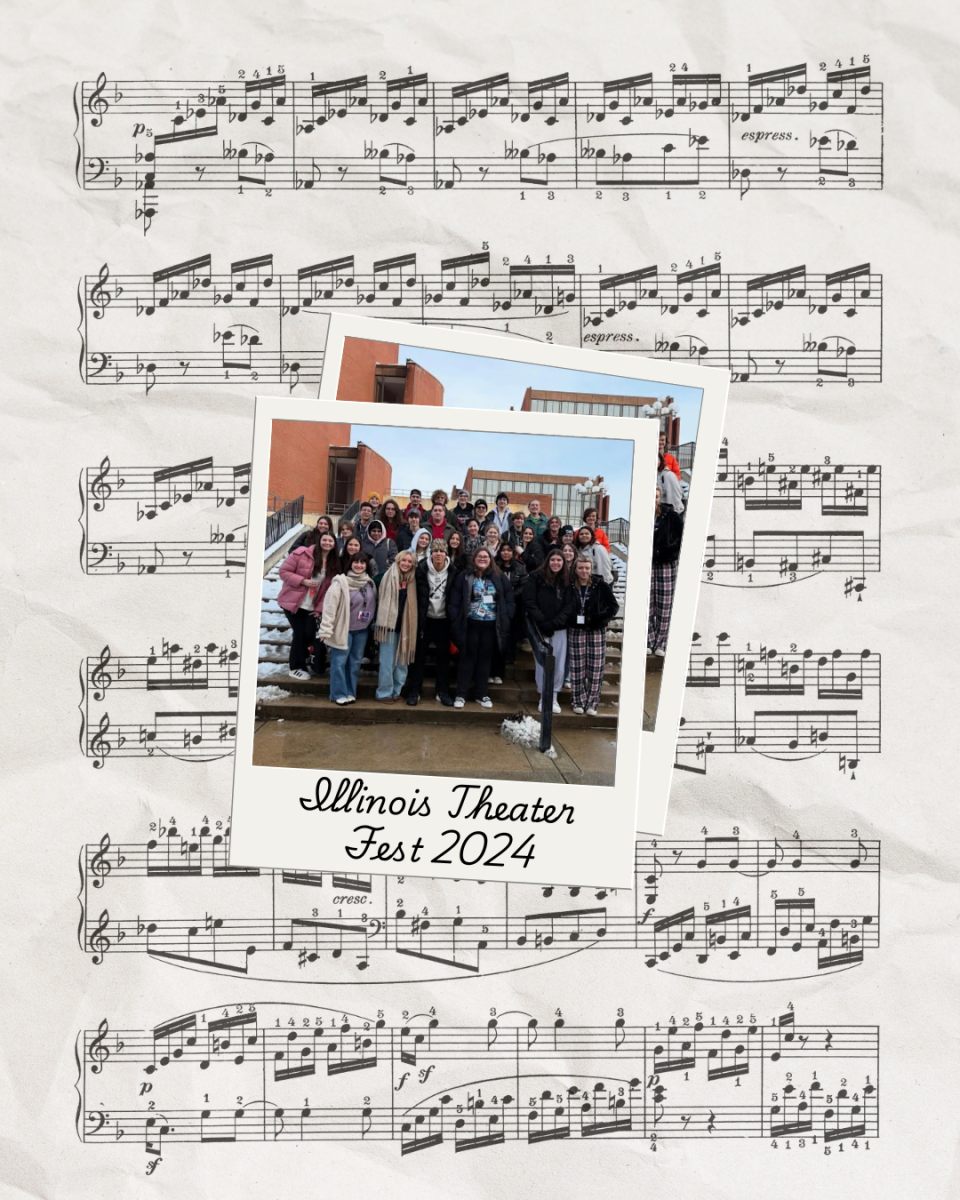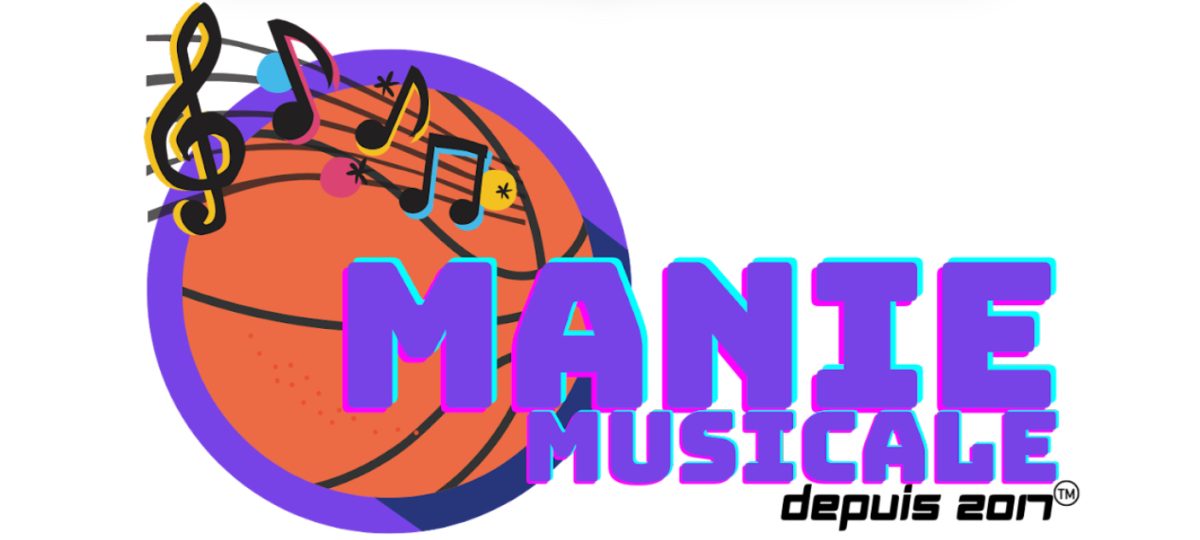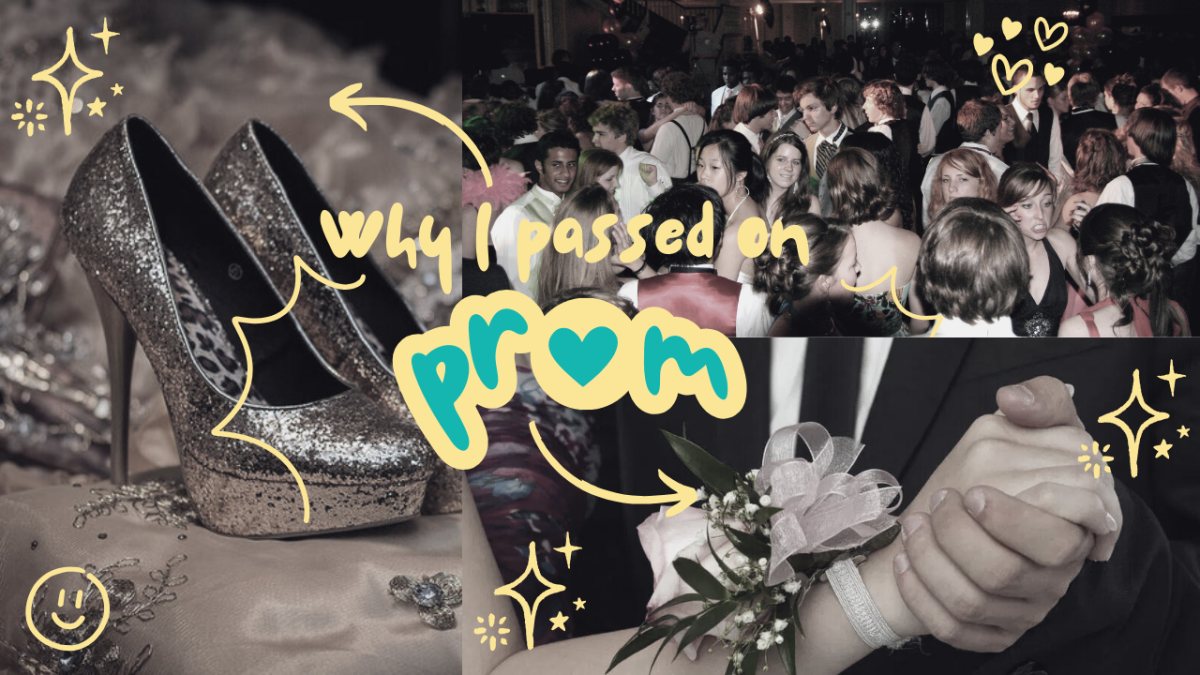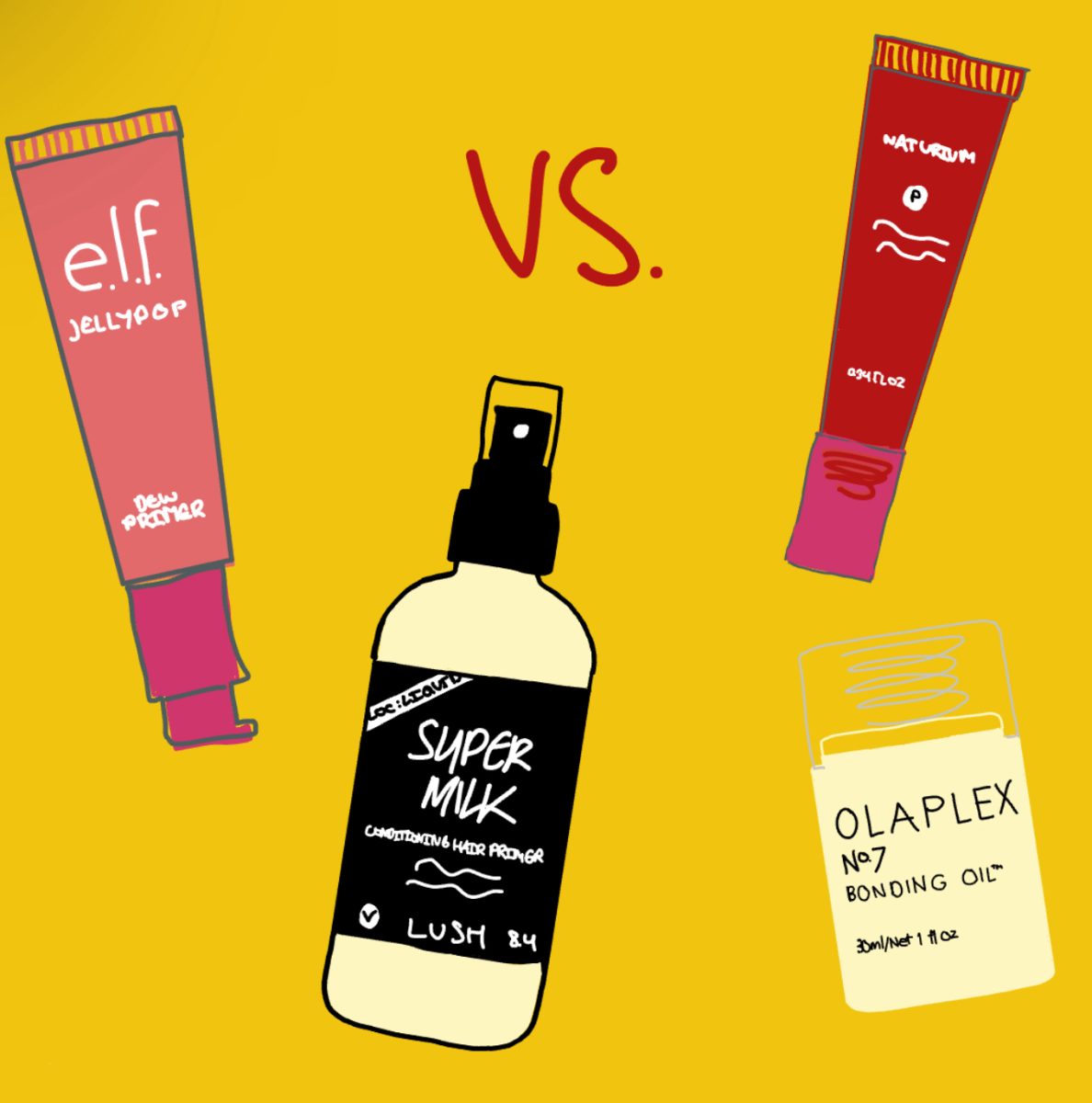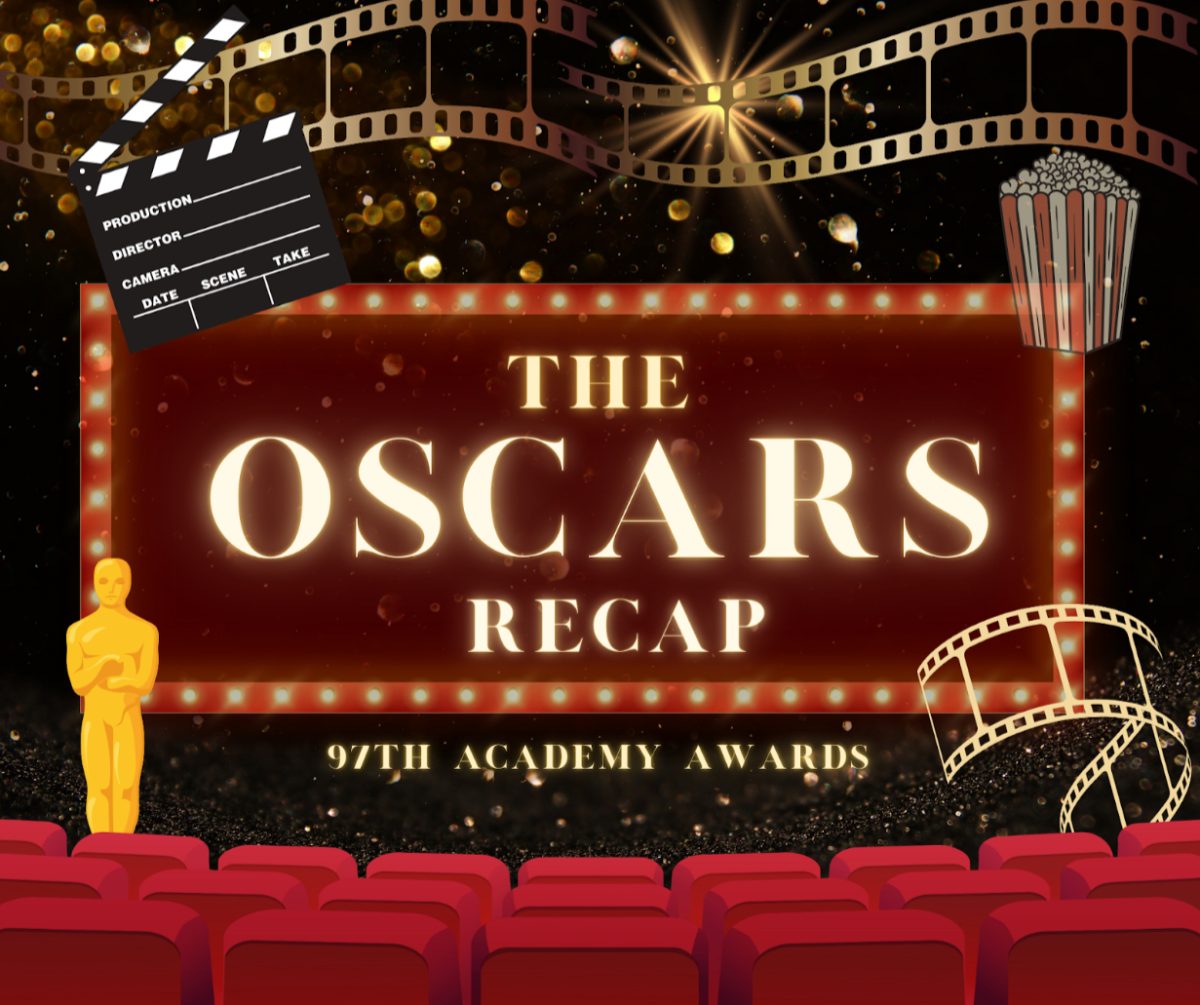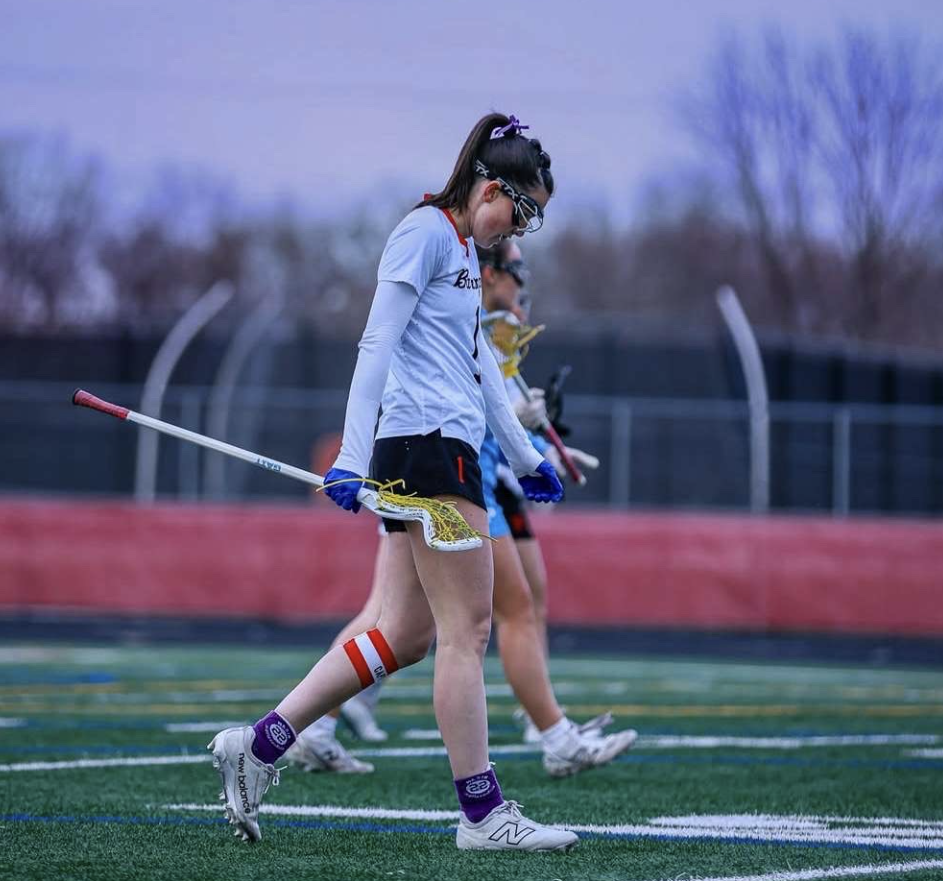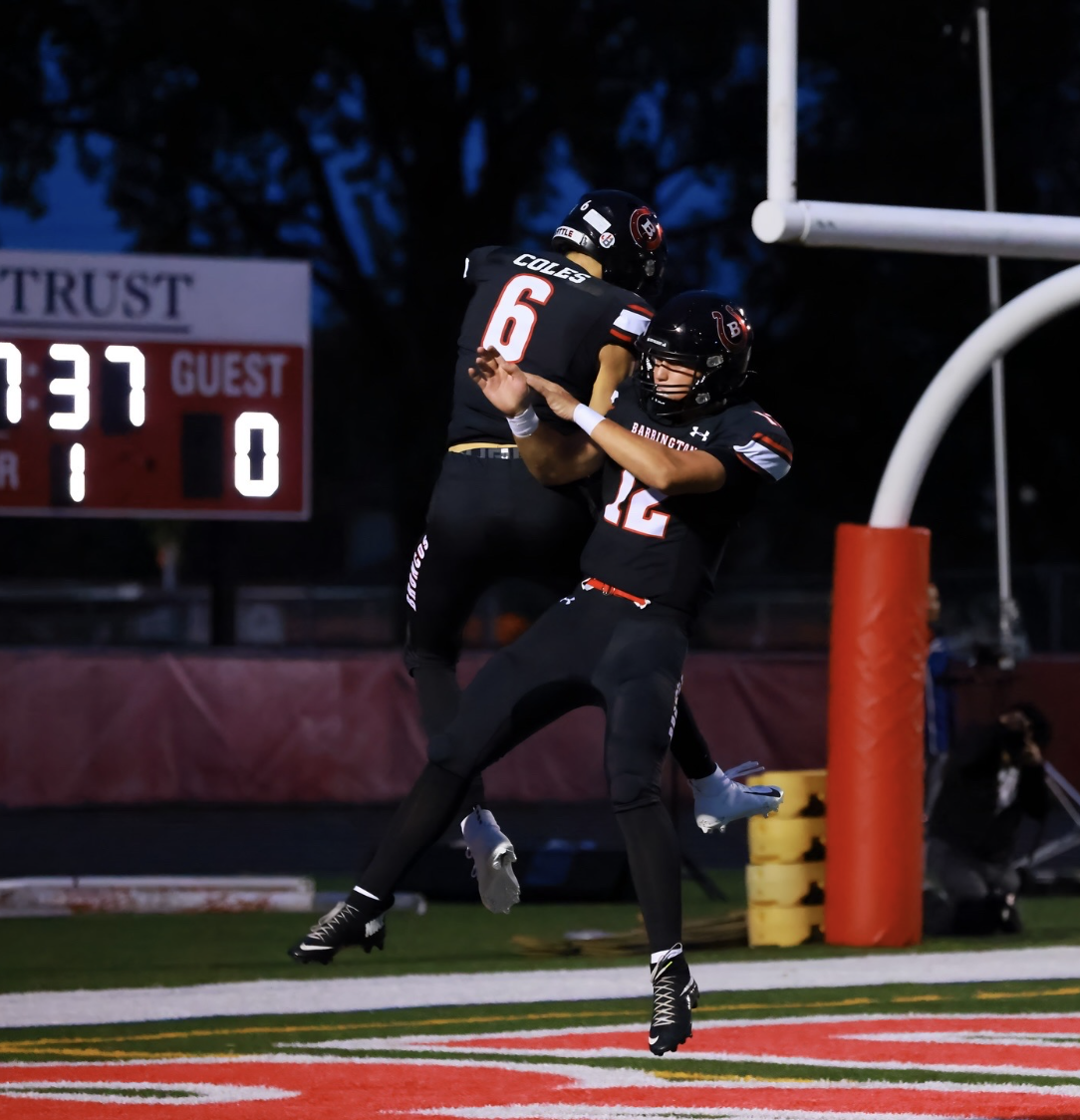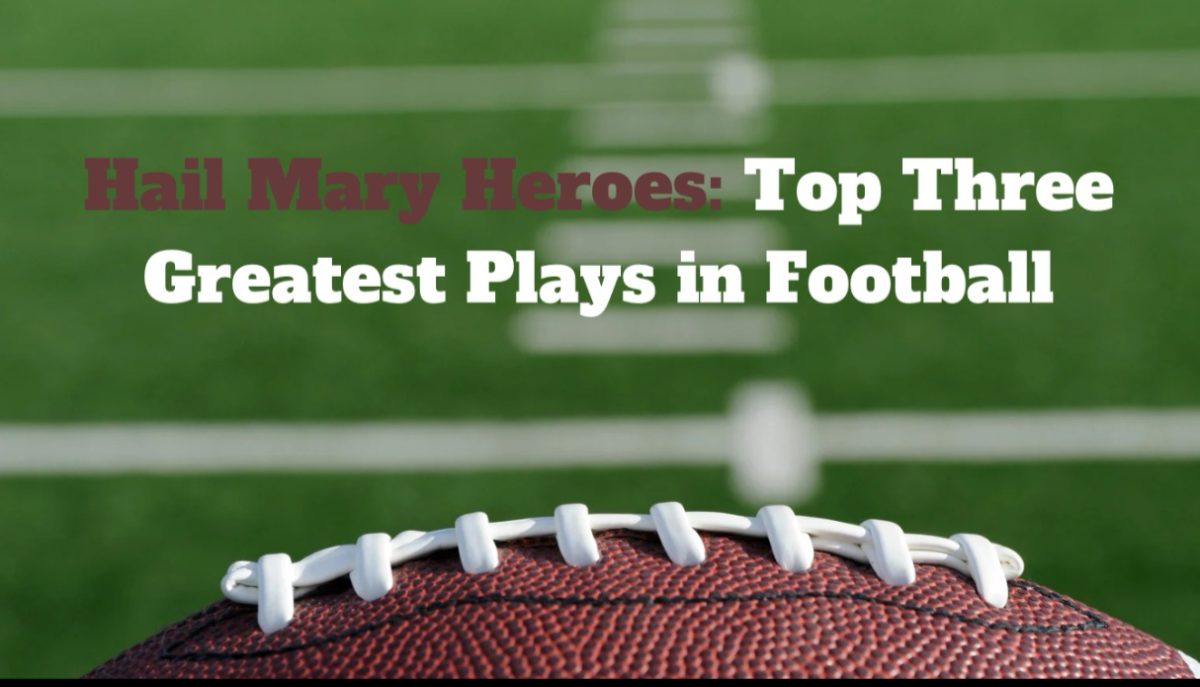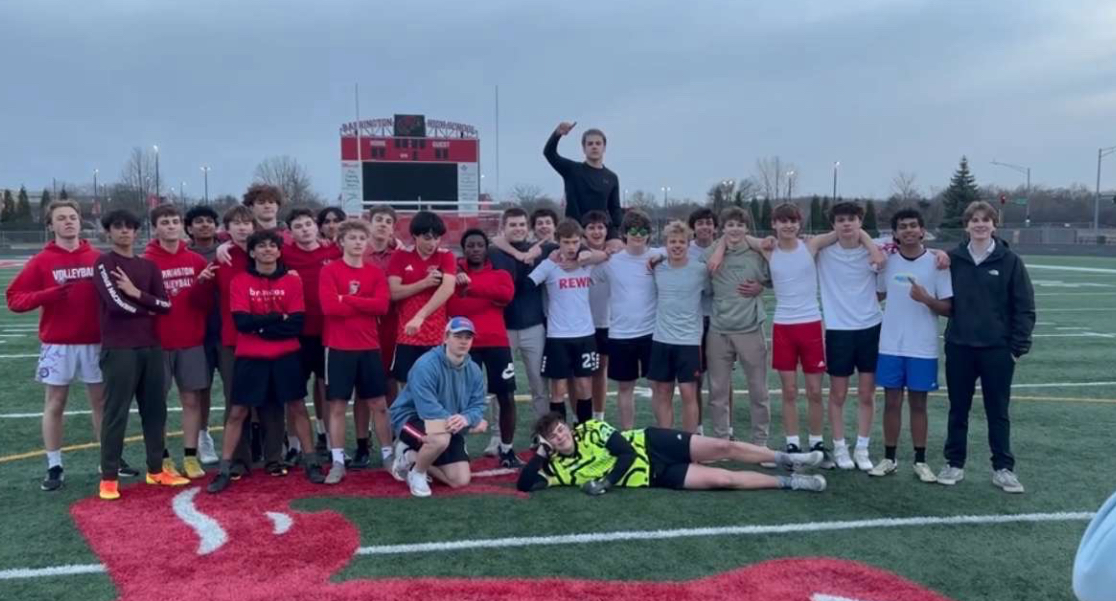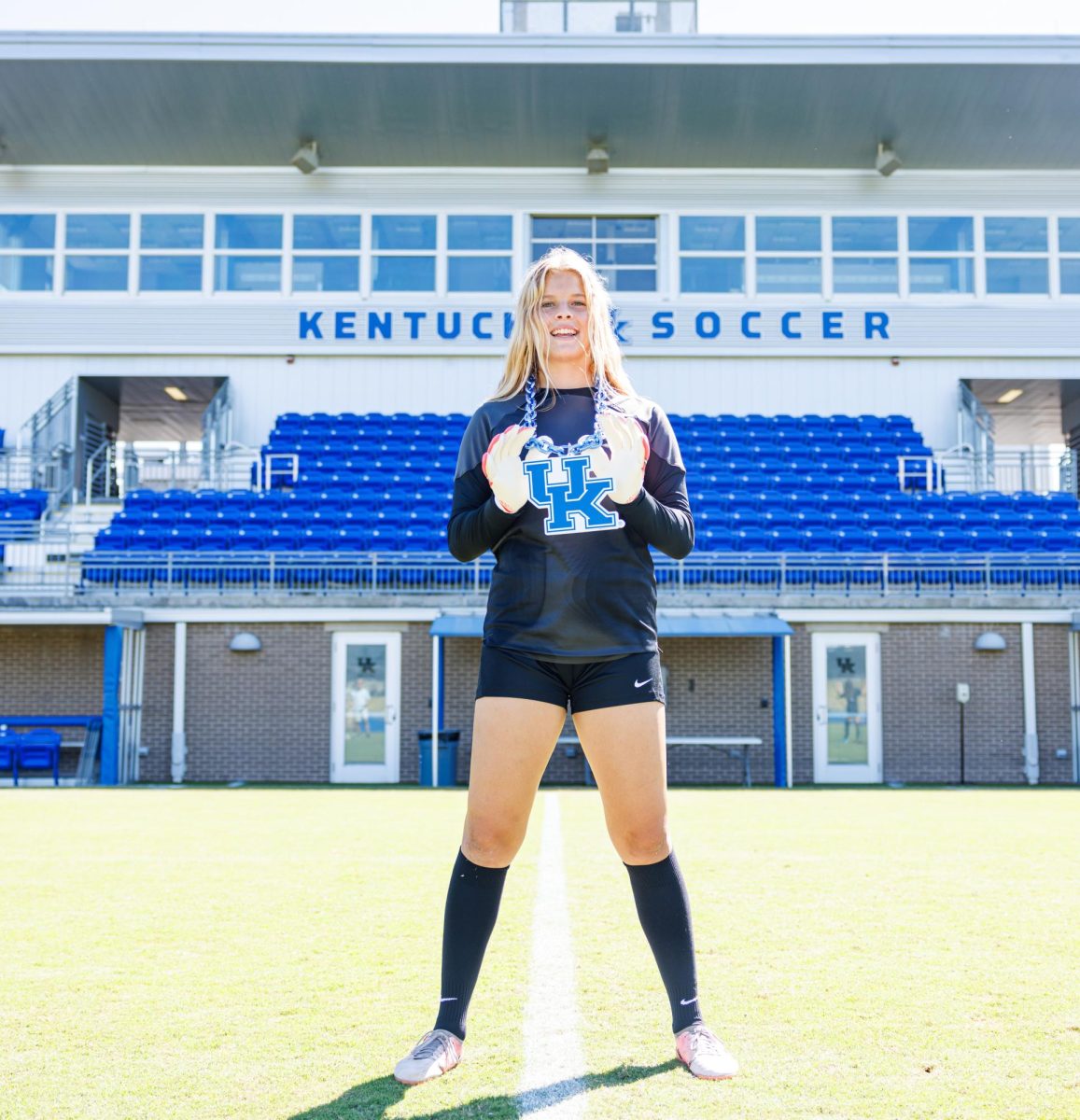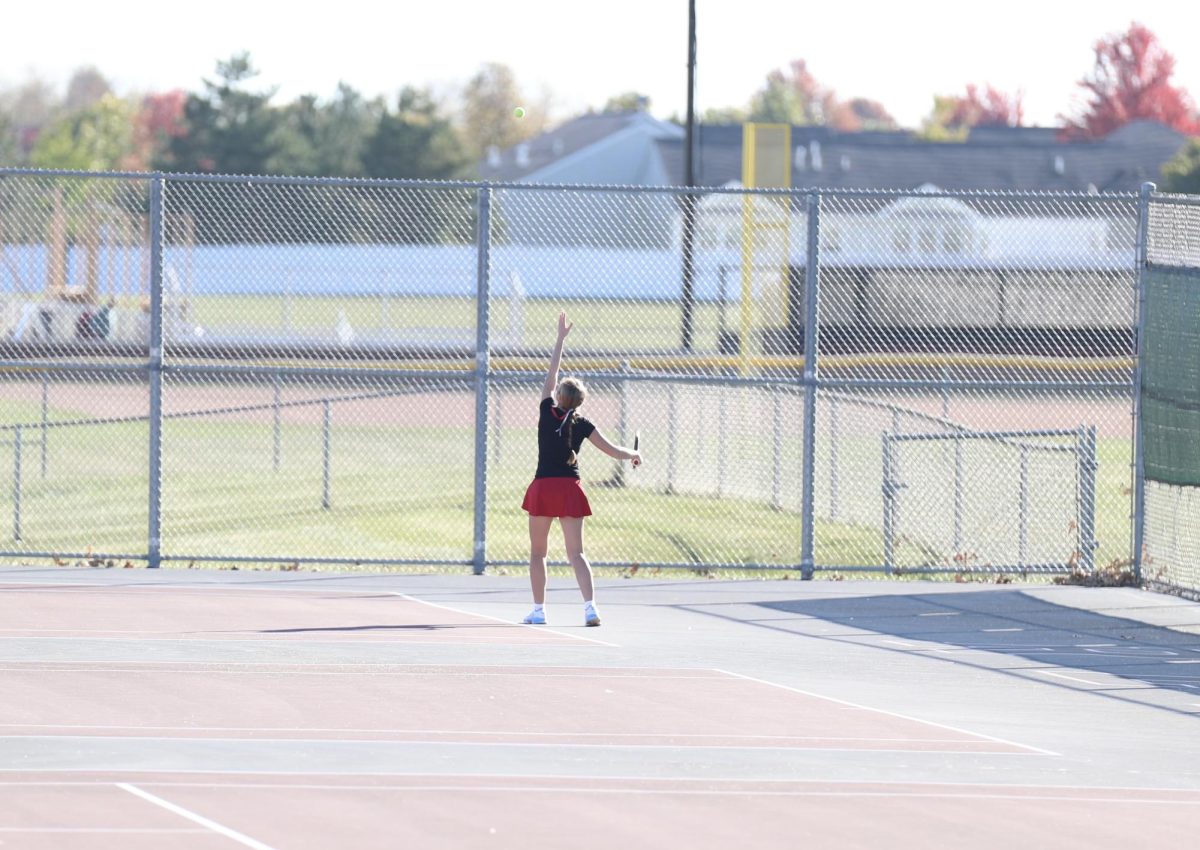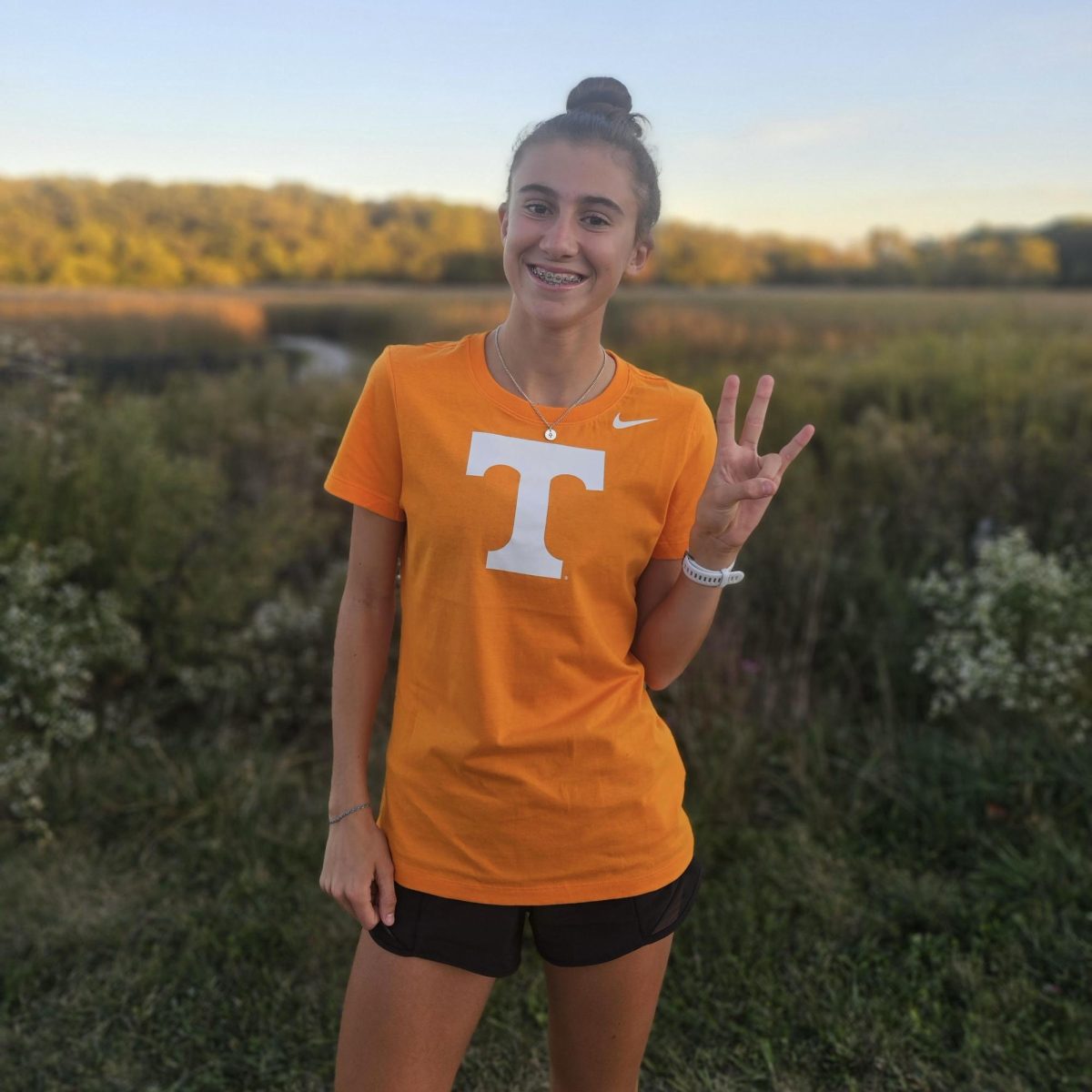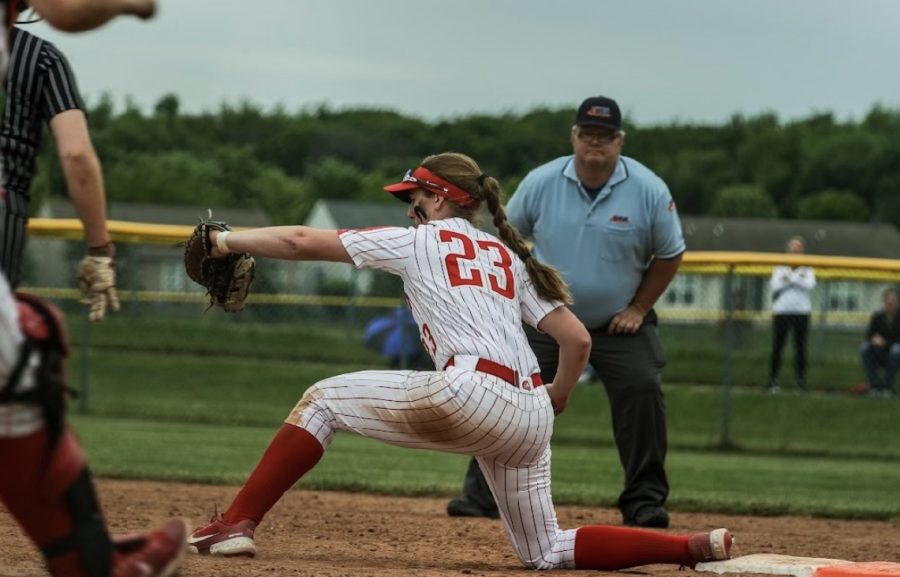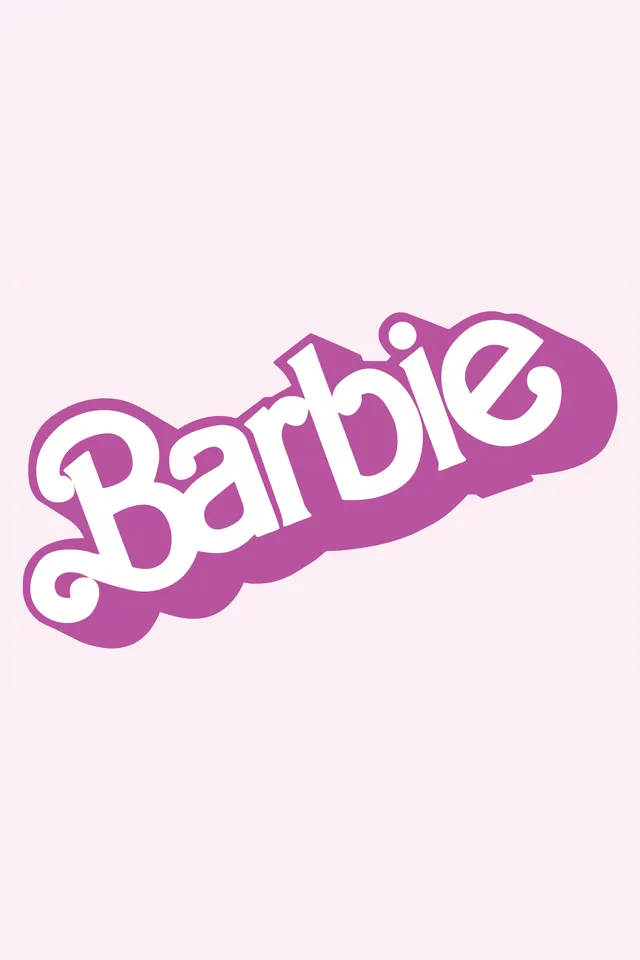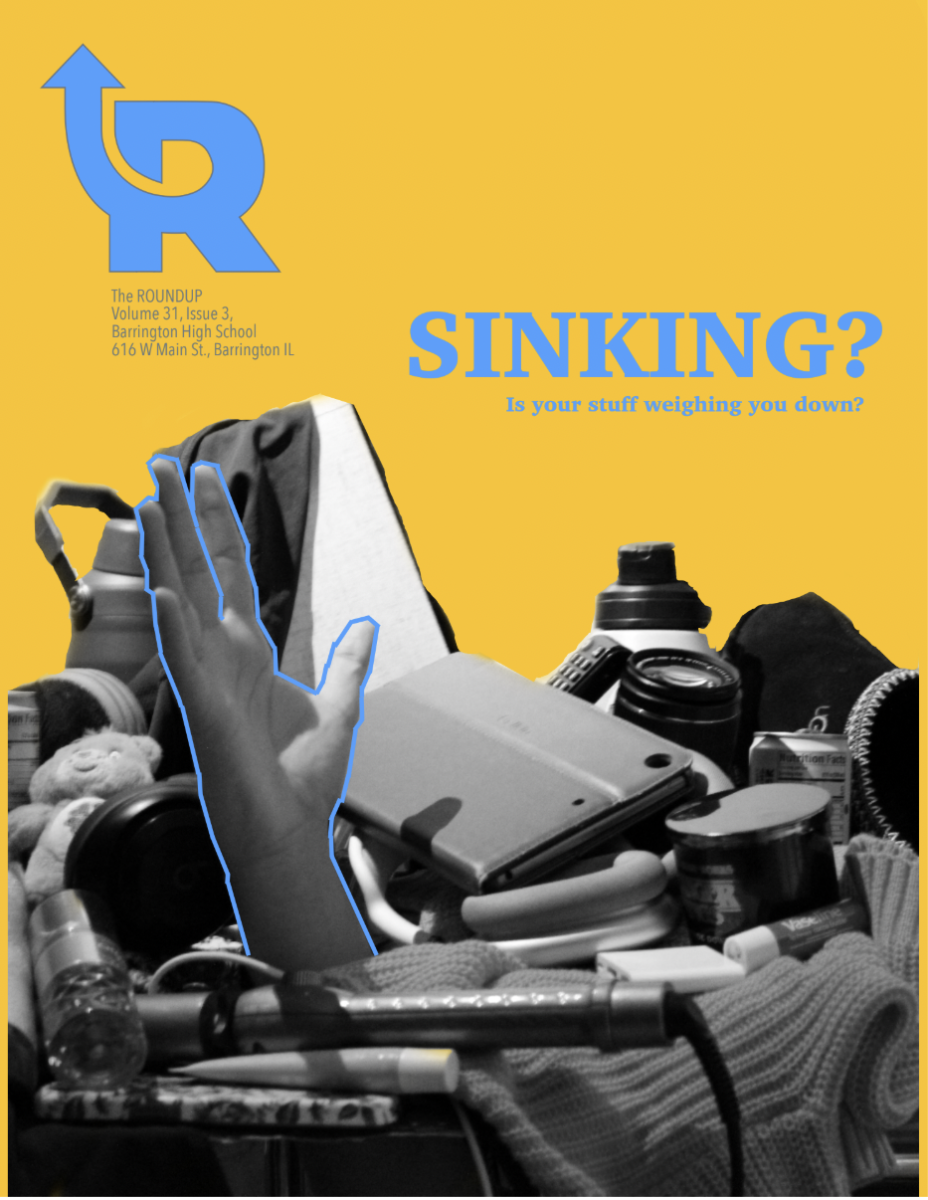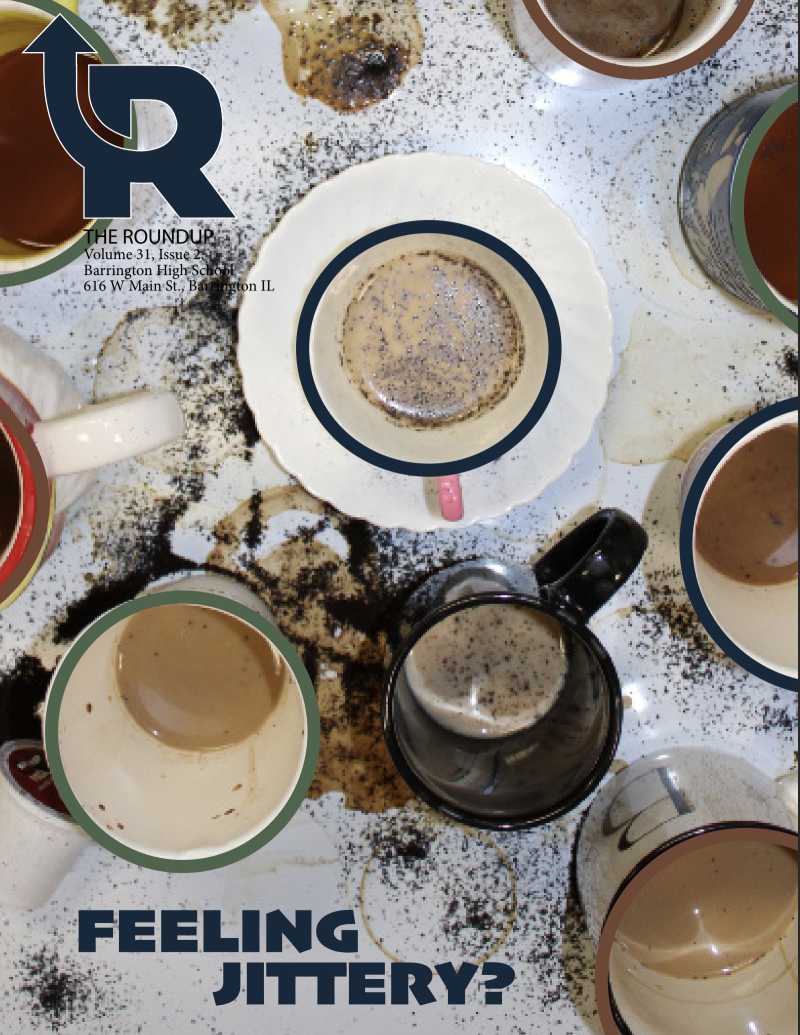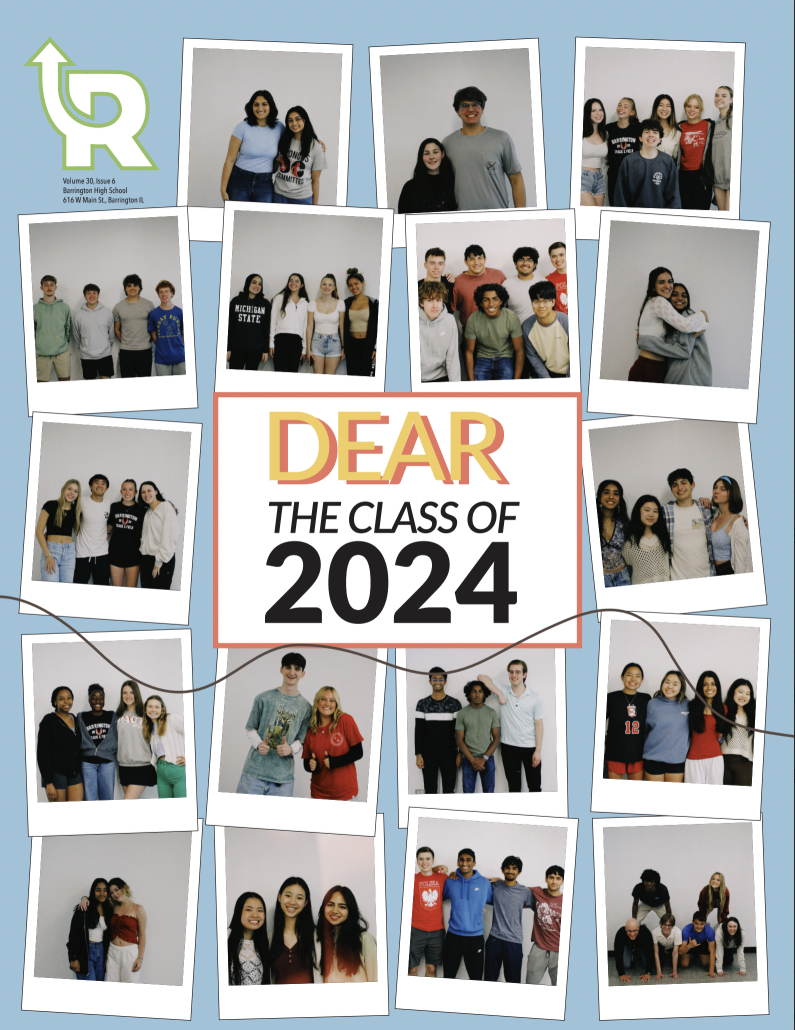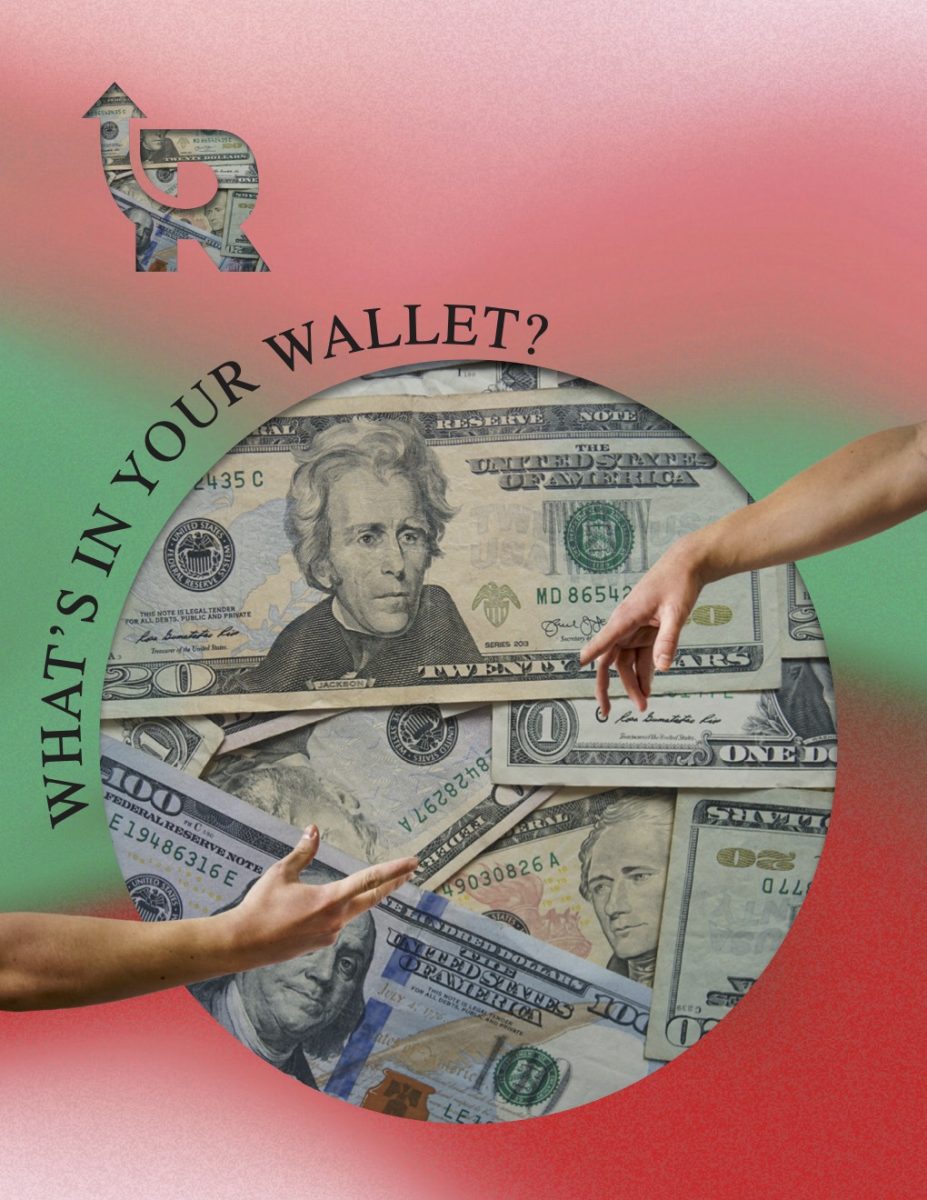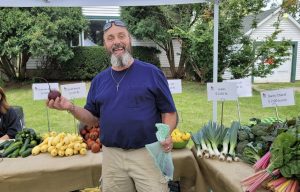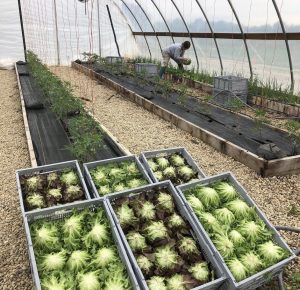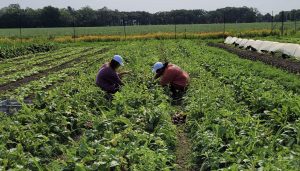Farming smart: A Q&A with Mia Spaid
Mia Spaid works as the farm program manager at Smart Farm in Lake Barrington. The farm, created as a means to help with food production and helping distribute healthy produce, has continued to expand despite the struggles of COVID-19.
What’s your name, and what do you do?
So my name is Mia Spaid, and I’m officially the farm program manager. So, I run the volunteer program. I’m also going to be starting a school program as well, with third-graders in Barrington elementary schools. So that is what my non-farming side of the job is. And then the other part of my job is to assist the farm manager like a farm assistant officially, so I’m out there helping to harvest and weed and maintain the fields, so that we can give to the food banks on time and everything is nice and clean and accessible.
What is Smart Farm and what was the inspiration behind it? How did it get started?
Smart farm was started by Kathy and Andy Gabelman, and they had an idea of contributing to the community by providing fresh produce for the local food banks, and that is what we still do today. I think they started about 10 years ago. We’re trying out different things along the way. And so, we still are primarily donating the food to the food banks and using this as a sort of an education base. Like I said before, I did the education program so I’m starting new ones up. COVID put a pause to that for a bit, and so we’re trying out a new way to grow food and donate to the community, and have the community be involved, but in a much more limited sense right now until we can figure out where the pandemic is going and everything.
What are the educational programs like?
Yes, so before COVID what they used to do was third grade classes, specifically from Barrington elementary schools would come here in the fall for a field trip. So one class at a time would come through, and the kids would learn about the hydroponic system, which they had back then, and then learn about how to grow things. Then they would also go into the field to harvest. Because we have different produce and such growing now, what we’re doing instead we’re bringing the field trip to the classroom. This way they don’t have to pay for transport and it’s a little bit more manageable, and we can focus the teaching on the curriculum that the teachers are having at the year so it’s not conflicting with any of their activities as well. This is the first year [we will be] doing that. And so I’m hoping it’ll be a success. I’ve done similar programs with other organizations in the past for general science, so I’m confident it will go over well.
When did you join Smart Farm?
I’m very new, I joined in May of 2021. All the staff here are from 2021. The first one is, in January, then the farm manager, Chris, was here in March, and what the reason for that was because previously Kathy and Andy, the founders of Smart Farm, were here in person with a group of volunteers. I think they had a part time farm manager before for some years. So it wasn’t really staff based, but then they had to pull away from the farm. They couldn’t be on here but as physically as often. So they hired us to basically take over and try to expand our Smart Farm post-COVID to see what new direction we can take it and so everything is new and experimental and with the goal of expanding our horizons in the future.
What are some of the things you do at Smart Farm outside of the educational program?
So I solve Tuesdays and Wednesdays, I work with what we call regular volunteers who come in here every week and I will be working with them to do miscellaneous tasks such as harvesting, etc. And I also occasionally about once a month, I’ll go out back, we have three beehives so I’ve unofficially taken over the beehive, maintenance and I’m, I’m learning how to do it myself but I’ve always wanted to learn how to be keep, and so I’m using this as an opportunity. So, even though I work here I’m learning from here too. And so I work with the bees.
And in probably about September I’ll be harvesting their honey as well so I’ll be learning all those steps this year. And then the hoop house, it’s kind of like a greenhouse, but we grow things in it. That’s sort of become my little area as well so I have my own section of the farm where I’m raising all the plants, maintaining them all, and putting in the nutrients into the soil and the raised beds whenever necessary. We don’t need to do that out in the main field because the soil itself has all the nutrients, because it’s not in a raised bed artificial system. So that’s what I primarily do. Oh and I work in the greenhouse too. I’m doing a lot of the feeding and the sturdiness. Probably one of my favorite non-educational tasks to do. I love working in the greenhouse, especially in the early spring and you’re anticipating what’s going to grow. It’s pretty much just general farming tasks, and just keeping an eye on things and helping crews around the place.
Could you talk a little bit about the community impact, especially as the food banks?
We worked with a number of different food banks over the years. This year we are working with three main ones, the Cuba Township Food Bank, which is one of our smaller ones; the District 300 which is based in McHenry, but they work with a number of different schools so they’re kind of a distributor as well as taking stuff for themselves, too. So they’re our biggest food bank donations. We tend to have them come every other week this summer, so they tend to take a large portion of the food. And then I guess the medium sized one is Community Meals in Barrington. We usually fill up like an entire SUV or food truck with them. What they do is they actually cook meals for them, so it’s not just having the food out there, so they take it and cook it fresh. We often pick for these food banks the day of, or maybe like a day or two beforehand, so it’s as fresh as possible.
How could people get involved?
It’s primarily through volunteering right now. We’re keeping things small to figure out what works and what doesn’t. Once we have next year planned a bit better, so we know exactly what we’ll be growing at what time, then we’re hoping to expand the volunteer program to have more regular volunteers throughout the week, as well as having occasional Saturday work days because a lot of people are working or going to school during the week, they won’t have the opportunity that a regular would. So we call them occasional volunteers. I am hoping to have at least one work day in the fall, but most likely the first workday will be in spring, probably around May. There’s a permaculture section in the back. I’m not doing anything with that this year right now it’s just being marked alone, but my plan is next year to plant the native plants that we’re getting from citizens for conservation across the street. They’re working with us on that spot, and we’re going to turn that into a little mini prairie restoration site that surrounds some of the fruit trees we have back there. And that fits into the farm’s overall idea, which is to be a sustainable farm that works to help preserve soil fertility and biodiversity in the area. We live where there’s a lot of forest preserves around. So we want to help with that, rather than hinder it and become part of what we would call the Barrington Greenway initiative, Greenbelt is another term that’s commonly used too. We also have native plants as well as little pockets here-and-there like a butterfly garden by the gazebo. So we’re basically going to have a volunteer work day to plant a bunch of nice native plants and get those started.
We live where there’s a lot of forest preserves around. So we want to help with that, rather than hinder it and become part of what we would call the Barrington Greenway initiative
What’s your farm stand like, and how long will it be here?
We just started the farm stand as a totally new idea last Friday, which ended up being a great success. So the idea behind the farm stand is not everything ends up going to the food bank, sometimes we produce a little excess. We want to have an additional income stream. We’re testing the idea out this fall until whenever the last crop is gone for the winter. So presumably, most likely October, maybe November. The idea is to see if we can use that as an income stream to help support the staff at the farm and to help support expanding, like potentially adding another field to grow a lot more food. That way we can expand to more food banks and also hire around more staff to make this a much more efficient farm to work in, because right now it’s just Chris, me, and volunteers occasionally.
What would you like people to know about Smart Farm?
I would like them to know that we are still small right now; we are trying out new things, and I know a lot of people have been eager to get back into Smart Farm, so just be patient and keep an eye out on our Instagram and Facebook and our website. We hope to share a lot more exciting things with the community and have events happening again in the near future.
Your donation will support the student journalists at Barrington High School! Your contribution will allow us to produce our publication and cover our annual website hosting costs.

